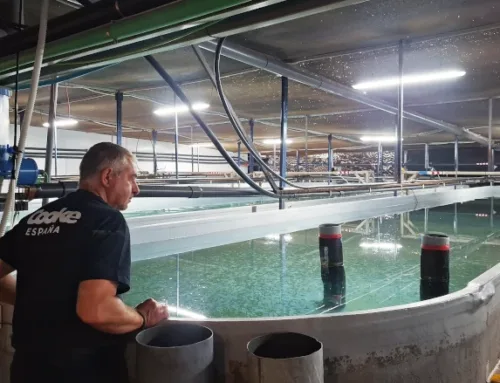The Ministry of Agriculture, Fisheries, and Natural Environment has concluded the high-risk wildfire season in the Balearic Islands with 128.8 hectares burned (93% of the total for the year) in 65 incidents (80% of the total for the year). Despite the severe drought this year, the number of wildfires remained within the annual average. However, Councillor Joan Simonet emphasised that the risk of wildfires persists throughout the year and urged the public to exercise extreme caution.
“The risk of wildfires exists all year round. We ask the public to exercise great caution and care.”
Simonet, alongside the Director General of Natural Environment, Anna Torres, and the head of the Forestry Management Service, Joan Santana, presented the campaign results, which ran from 1 April in the Pitiüses and from 15 April in Mallorca and Menorca. Over the year, wildfires primarily affected Mallorca, where 92% of the burned area was recorded.

The impact of wildfires in the Balearics in 2024
This year, wildfires in the Albufera of Mallorca defined the campaign, with a total of 112.4 hectares burned, representing 81% of the total affected area. The most significant fires were:
- Fire in Son Serra (Es Mercadal) – 7.5 hectares burned on 12 March.
- Fire in the Es Morts torrent (Son Servera) – 4.2 hectares burned on 10 April.
- Fire in the Albufera of Mallorca (Sa Pobla) – 50.4 hectares burned on 28 May.
- Second fire in the Albufera of Mallorca – 62 hectares burned on 8 October.
Causes and prevention of wildfires
The majority of wildfires in the Balearics during 2024 were caused by negligence, accidents, or intentional acts, accounting for 89% of the incidents. Councillor Simonet stressed the importance of self-protection and awareness of the risk to prevent fires, especially in urban-forest interface areas.
The head of the Forestry Management Service, Joan Santana, pointed out that rapid intervention, particularly from aerial units, was key to controlling 89% of the incidents in their initial phase, with less than one hectare affected.
Drought and climate change increase the risk
The extreme drought affecting the Balearic Islands during the autumn and winter, coupled with the high spring temperatures, forced the early start of the high-risk wildfire season. This year, the “Fire 4” alert level, the highest, was activated multiple times due to high temperatures, underscoring the need to remain constantly vigilant.
Inter-island resources and operations in the Balearics
The wildfire extinguishing force in the Balearic Islands operates as an inter-island team, enabling the deployment of aerial units and specialised brigades between islands. This year, around 350 people were part of the firefighting team, comprising aircrew, heli-transported brigades, environmental agents, firefighters, and other professionals.
The Wildfire Communications Centre (CCIF) coordinated all operations, handling nearly 3,000 incidents up until September, including controlled burn notifications and false alarms.
The 2024 wildfire campaign has demonstrated that, despite adverse weather conditions, prevention and rapid intervention are key to minimising damage. However, Councillor Simonet reiterated the importance of maintaining precaution throughout the year, as the risk of wildfires does not end with the summer campaign.







Leave A Comment